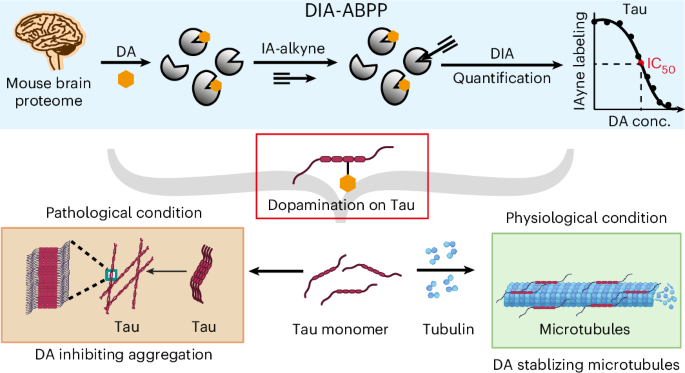2025-03-26 オックスフォード大学
オックスフォード大学の研究により、アフリカゾウが移動時にエネルギー効率を最大化する戦略を用いていることが明らかになりました。157頭のGPSデータを分析した結果、多くの個体が急斜面などの高コスト地形を避け、植生が豊かで食料の多い地域を選んで移動していました。特に移動速度が上がるほど困難な地形を避ける傾向が強まりました。この行動は、ゾウが計画的にルートを選んでいることを示し、生息地保全や共存戦略への応用が期待されます。
<関連情報>
- https://www.ox.ac.uk/news/2025-03-26-how-elephants-plan-journeys-new-study-reveals-energy-saving-strategies
- https://besjournals.onlinelibrary.wiley.com/doi/full/10.1111/1365-2656.70023
エネルギー景観がゾウの移動嗜好性を決定する Energy landscapes direct the movement preferences of elephants
Emilio Berti, Benjamin Rosenbaum, Fritz Vollrath
Journal of Animal Ecology Published: 25 March 2025
DOI:https://doi.org/10.1111/1365-2656.70023

Abstract
- The movements of animals affect biodiversity, ecological processes, and the resilience of an ecosystem. Movements carry both costs and benefits, and the use of a given landscape provides important insights into an animal’s behavioural ecology and decision processes, as well as elucidating ecosystem complexity and informing conservation measures that are ever more important in the age of rapid global changes.
- The mobility and habitat preferences of African savanna elephants (Loxodonta africana) offer a good example to explore the concept of ‘energy landscapes’, that is, the interplay between the cost of locomotion and vegetation productivity, balanced by topography, availability of water and human presence and pressures.
- Our results, building on tracking data from 157 individuals collected between 1998 and 2020 in Northern Kenya, show that energy landscapes explained the elephants’ usage of the landscape. In particular, we found that individuals generally avoided energetically costly areas and preferred highly productive habitats. We also found that water availability is important in determining habitat usage, but that its effect varied greatly among elephants, with some individuals preferring habitats avoided by others.
- Our analysis highlights the importance of the energy landscape as a key driver of habitat preferences of elephants. Energy landscapes rely on fundamental biomechanical and physical principles and provide a mechanistic understanding of the observed preference patterns, allowing us to disentangle key causal drivers of an animal’s preferences from correlational effects. This, in turn, has important implications for assessing and planning conservation and restoration measures, such as dispersal corridors, by explicitly accounting for the energy costs of moving.


